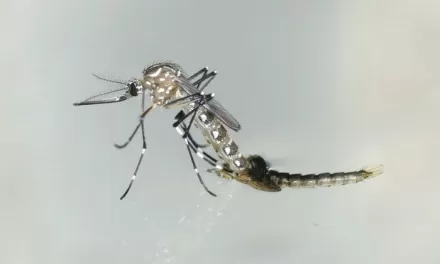
The Mayo Clinic’s latest breakthrough might pave the way for a better understanding of how measles wreaks havoc in the brain. Their research into a rare, fatal brain condition linked to measles infection, published in PLOS Pathogens, unravels the intricate journey of the virus within the brain of an affected individual.
Subacute sclerosing panencephalitis (SSPE), a grave complication arising from measles, claimed the life of a person who had contracted measles during childhood. The Mayo Clinic team delved into this tragic case to decipher the measles virus’s mutations and migration patterns within the brain.
This investigation, using advanced genetic sequencing, offered a glimpse into how the virus colonized different brain regions. The study identified distinct mutations in the virus that accelerated its spread from the frontal cortex outwards.
Dr. Roberto Cattaneo, co-lead author and Mayo Clinic virologist, emphasized the significance of this study, noting that it provides crucial insights into how viral RNA evolves within human organs, particularly the brain. These findings could pave the way for the development of novel antiviral treatments to combat such infections.
The examination involved 15 brain specimens from various regions, with meticulous genetic sequencing in each area. The research unveiled a concerning pattern: once the measles virus breached the brain, its genetic material underwent harmful mutations. This led to a cascade of replication, generating numerous slightly varied viral genomes.
The iterative replication within the brain created a diverse population of viral genomes, shedding light on the complex and damaging progression of the measles virus in SSPE cases. This research stands as a critical step toward understanding viral adaptation in neurological settings, holding promise for future antiviral drug development and treatments.










